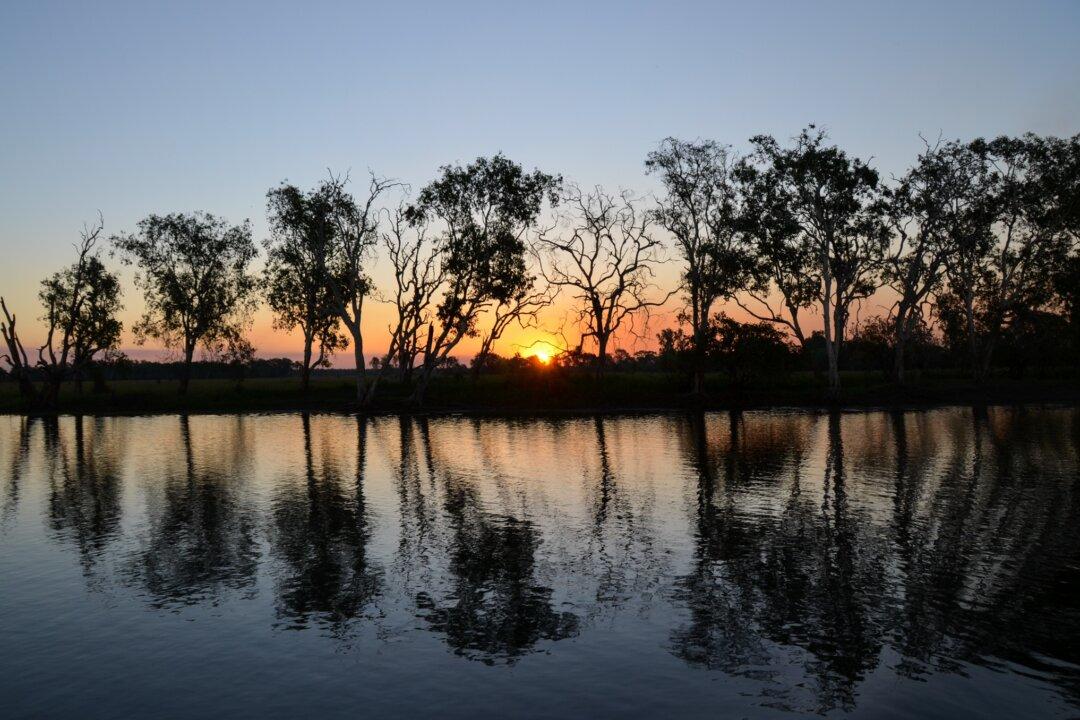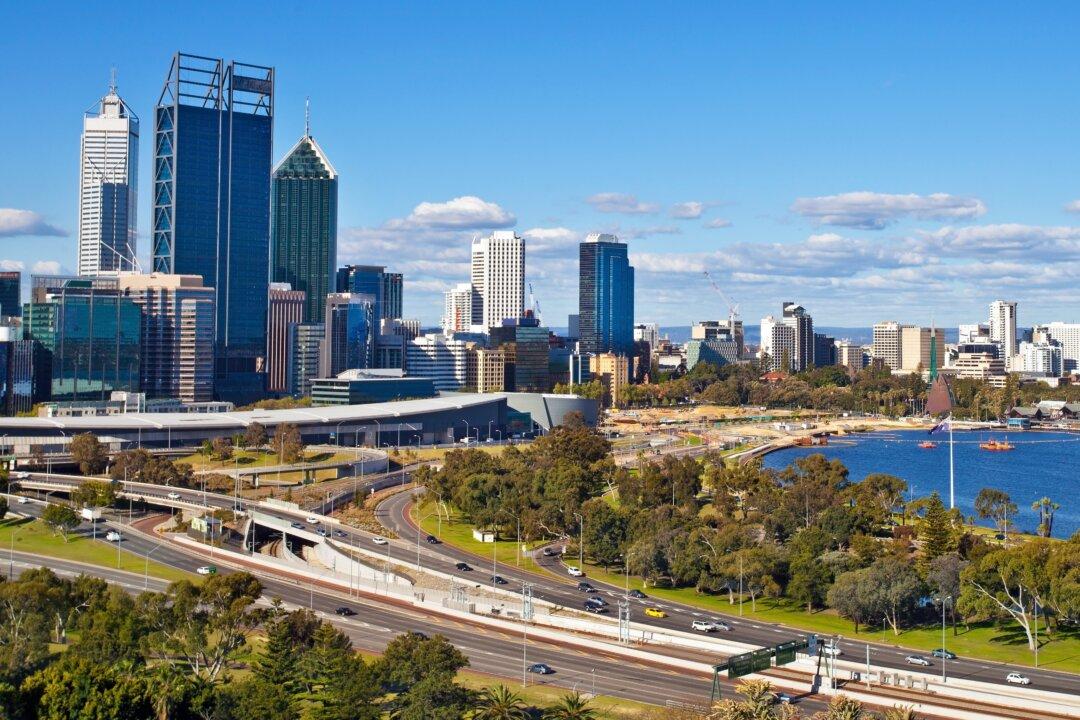More farmers, businesses, and industries will now be able to claim and cash-in Australian Carbon Credit Units (ACCU)—a financial instrument awarded to those who reduce their carbon dioxide emissions—with the inclusion of mangroves and tidal marshes to the carbon offset scheme.
One carbon credit represents one tonne of carbon dioxide stored or avoided. These can be sold to the federal government under its $4.55 billion Emissions Reduction Fund (ERF), or auctioned off to companies that want to reduce their emissions on paper by offsetting their own emissions with the purchased carbon credits.





